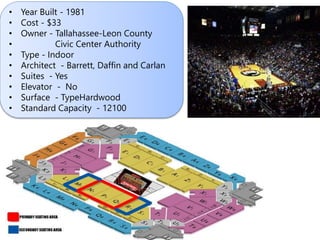

There were fraternal organizations such as the Chee Kung Tong, Suey Ying Tong and the Ying On Labor and Merchant Association. I believe the community retained its cohesiveness through its many organizations. Unlike other Arizona Chinese communities, such as the ones in Prescott and Tombstone, Tucson’s Chinese community continues to exist after almost 150 years. Tucson lost a significant building relating to both its Chinese and Jewish history with its demolition. When the building was torn down in the late 1960s, men were still living there. It took over many, but not all the community functions of the Tong House. In the mid-1950s the Chinese Community Center opened on 6 th Street. The men might come to a meeting at the Tong House but would return to their own homes afterwards. Most of the Tucson Chinese lived and worked out in the greater community. The 1930 census enumerated 38 people living there: one woman, listed as a widow with four children, including one daughter, lived there with 36 males whose ages ranged from age 2 to 82. It was a residential area for many elderly Chinese men. Most importantly, it housed the poorest of the poor in the Chinese community. It is where community holidays, such as Chinese New Year, were celebrated. It provided office space for local fraternal organizations, the joss house was located there, as were the Kuomintang (Chinese Nationalist Party), and the Chinese Chamber of Commerce. It was known by many names: Hop Sing Tong Co., Chee Kung Tong, Ying On Compound, Chinatown (by both Anglos and Chinese) as well as the Tong House. This property was located where the Tucson Convention Center now sits. It was to become the new hub for the Chinese community. In 1911 the Hop Sing Tong Company, one of the first Chinese companies incorporated in Tucson, purchased the old Welisch Block, originally built in the late 1870s by Tucson Jewish merchant Theodore Welisch. Tucson’s Mexican and Chinese communities were pushed south of Congress into what is now known as Barrio Viejo. Source: Tucson Sanborn Fire Insurance Map, 1947, image 3 of 96. Tucson’s second “Chinatown.” Main is on the left (west) Meyer is on the right (east), Broadway is just out the image at the top (north). where Chinese businesses and residents clustered. However, it was not like the Chinatowns in San Francisco, New York City or in other cities around the U. Men came to socialize, attend Chee Kung Tong meetings, hold religious services and to celebrate holidays.

The area was the center for the community activities. Most Chinese businesses were in the greater Tucson community, with most businessmen using their stores as their homes. It was natural that other Chinese would want to live near him, however, not all of Tucson’s Chinese lived in “Chinatown,” nor were Chinese businesses “economically distinct from the majority group” in the area around Chan’s store. He was wealthy, influential, and well known to Tucson’s Anglo community. Chan was Tucson’s first prominent Chinese Tucsonan. The first area referred to as “Chinatown” was around Chan Tin Wo’s store at 102 and 104 N.

Source: Tucson Sanborn Fire Insurance Map, 1886, image 6 of 9. Tucson’s original “Chinatown” near Chan Tin Wo’s store at 104 and 104 Main (left/west side of Block 186.).


 0 kommentar(er)
0 kommentar(er)
